Citrus Calamondin
The Citrus calamondin, commonly known as the Calamondin Orange or Calamansi, is a small citrus tree native to the Philippines and other parts of Southeast Asia. This compact evergreen tree is prized for its small, round, tart fruit, which is typically orange or yellow when ripe. The Calamondin Orange features glossy, dark green leaves and fragrant white flowers that bloom throughout the year. The fruit, known for its sour flavor and unique aroma, is used in a variety of culinary applications, from marinades and sauces to beverages and desserts.
Size and packaging guidelines

Fermentum scelerisque hendrerit parturient nullam enim lobortis litora parturient dictumst.
Potenti a quisque tincidunt venenatis adipiscing parturient fermentum nisl tincidunt amentu.
Scelerisque conubia lobortis a condimentum ad eleifend dui integer maecenas habitant nostra.
| Specification | Chair | Armchair | Sofas |
| Height | 37" | 42" | 42" |
| Width | 26.5" | 32.5" | 142" |
| Depth | 19.5" | 22.5" | 24.5" |
| Assembly Required | No | No | Yes |
| Packaging Type | Box | Box | Box |
| Package Weight | 55 lbs. | 64 lbs. | 180 lbs. |
| Packaging Dimensions | 27" x 26" x 39" | 45" x 35" x 24" | 46" x 142" x 25" |
- Botanical Name: Citrus calamondin
- Common Name: Calamondin Orange, Calamansi
- Mature Height: 6-10 feet (1.8-3 meters)
- Mature Spread: 6-8 feet (1.8-2.4 meters)
- Growth Rate: Moderate
- Light Requirements: Full sun to partial shade
- Soil Requirements: Well-draining soil; prefers sandy loam but adaptable to various soil types
- Water Needs: Moderate; requires regular watering
- Foliage: Evergreen, glossy, dark green leaves
- Flowers: Fragrant white blossoms, blooming throughout the year
- Fruit: Small, round, orange or yellow fruit with a tart flavor, ripening in fall to winter
Uses:
- Culinary: Provides a source of tart fruit used in marinades, sauces, dressings, beverages, and desserts.
- Ornamental: Adds beauty to gardens and landscapes with its glossy foliage, fragrant flowers, and vibrant fruit.
- Container Planting: Suitable for pots or containers, making it ideal for patios, balconies, and small gardens.
- Landscape Feature: Excellent as a focal point or specimen tree in garden designs, offering both visual appeal and practical uses.
Benefits:
- Unique Flavor: Produces small, tart fruit with a distinctive flavor that enhances a variety of dishes and beverages.
- Fragrant Blooms: Fills the garden with the pleasant scent of its blossoms, attracting pollinators like bees.
- Evergreen Foliage: Offers year-round greenery and ornamental value.
- Health Benefits: Calamondin is rich in vitamin C and antioxidants, contributing to a healthy diet.
- Versatile Growth: Adaptable to various growing conditions and suitable for both ground planting and container growth.
The Citrus calamondin, or Calamondin Orange, is a versatile and valuable addition to any garden or landscape. Its compact size, fragrant flowers, and tart fruit make it a rewarding plant for gardeners and culinary enthusiasts alike.
Debes acceder para publicar una valoración.
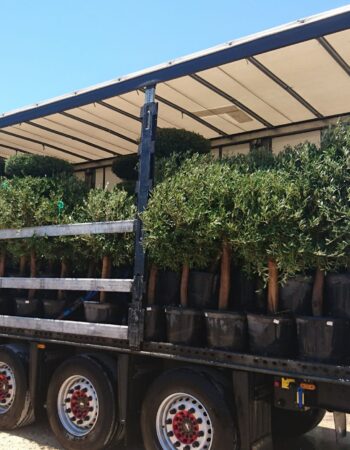
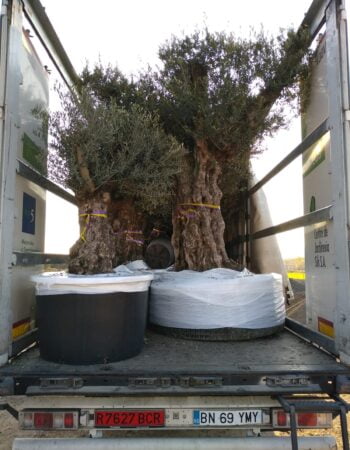
CAREFUL TREE TRANSPORTATION
At Treezom, we take great care in transporting your trees to ensure they arrive in perfect condition. Our expert team uses various methods, depending on the size and volume of the order, to provide safe and efficient delivery. Whether you're ordering a single tree or a bulk order, we guarantee high standards of handling and care throughout the process.
MULTIPLE SHIPPING METHODS
- Truck Delivery: Ideal for local or regional deliveries, ensuring a smooth and timely shipment of your trees directly to your location.
- Sea Containers (20’ or 40’): Perfect for larger orders or international shipping. Our sea containers are equipped to handle bulk shipments with optimal protection.
- Other Customized Solutions: Depending on the size and nature of your order, we can offer tailored shipping methods to meet your specific needs.
No matter the shipping method, we use specialized packaging and handling procedures to protect the trees during transit, ensuring they arrive healthy and ready for planting.
Below, you’ll find key tips tailored to this species’ requirements. Whether you’re new to plant care or have plenty of experience, these guidelines are here to support you in keeping your green companion healthy and vibrant.
- Planting:
- Choose a sunny location with well-draining soil.
- Dig a hole twice the width of the root ball and equal in depth.
- Place the tree in the hole, backfill with soil, and water thoroughly.
- Mulch around the base to retain moisture and regulate soil temperature.
- Watering:
- Water regularly, especially during dry periods.
- Keep the soil consistently moist but not waterlogged.
- Deep watering is recommended to encourage deep root growth.
- Pruning:
- Prune to maintain shape, remove dead or diseased wood, and improve air circulation.
- Prune in late winter or early spring before new growth begins.
- Thin out crowded branches to allow sunlight to penetrate the canopy.
- Fertilizing:
- Apply a balanced, slow-release fertilizer specifically formulated for citrus trees in early spring.
- Follow the manufacturer's instructions for application rates.
- Additional feeding may be necessary during the growing season.
- Pest and Disease Control:
- Monitor for common citrus pests such as aphids, scale insects, and citrus leaf miners.
- Use appropriate treatments, including insecticidal soaps or horticultural oils, to manage infestations.
- Ensure good air circulation to prevent fungal diseases and avoid overwatering.
*This information is provided for informational purposes only. For more detailed care, please consult a professional Gardener or Arborist.


 SINGLE TREE
SINGLE TREE OUTDOOR POTS
OUTDOOR POTS









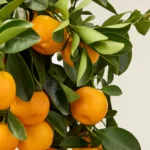
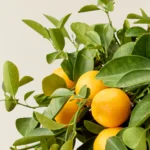



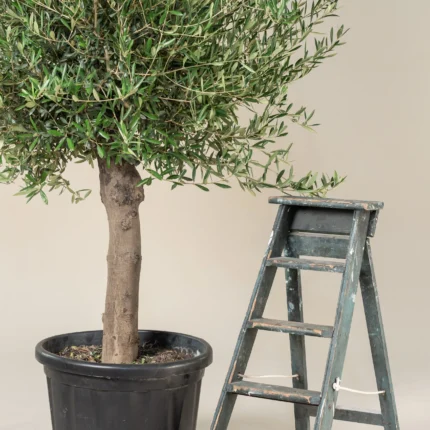
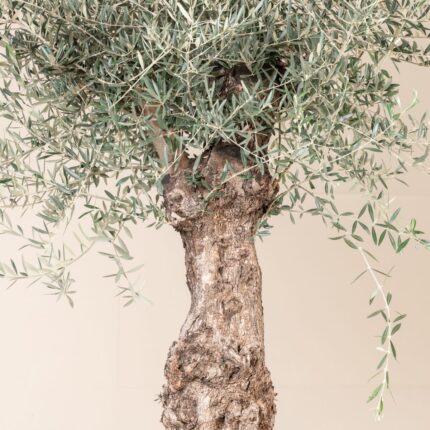


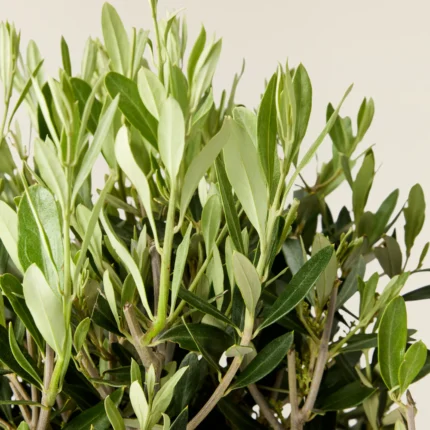






 Single Tree
Single Tree
Valoraciones
No hay valoraciones aún.